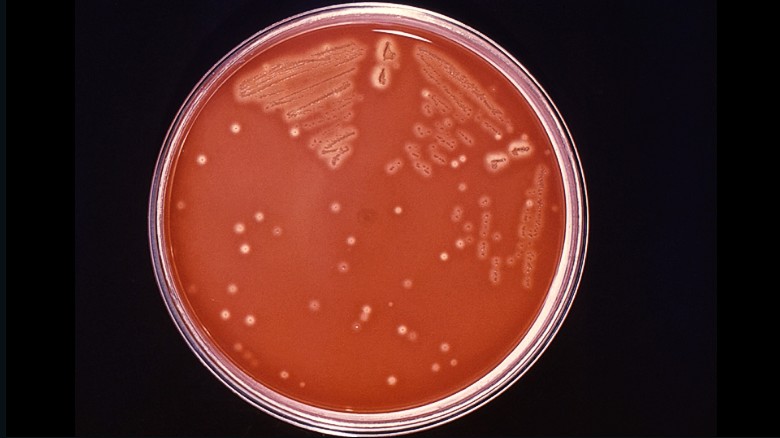(CNN) --
Infections with "flesh-eating bacteria" (a serious infection in which the flesh around an open wound dies), also known as flesh-eating bacteria or vibriosis, have increased in Florida in the past few years. days after Hurricane Ian due to catastrophic flooding from the storm.
According to the Florida Department of Health, there have been 65 cases of
Vibrio vulnificus
infection and 11 deaths reported in the state this year, up from 34 cases and 10 deaths reported statewide in 2021.
Flesh-Eating Bacterial Infections Rise in Florida After Hurricane Ian
These are some of the most recent cases of people affected by bacteria eating meat reported in the United States.
But what are flesh-eating bacteria?
How do they contract?
What can be done to treat them?
Here some answers:
What is flesh-eating bacteria?
Vibrio vulnificus
is a naturally occurring bacteria that lives in warm salt water and infects humans through the consumption of undercooked shellfish and broken skin.
And according to the CDC, Vibrio vulnificus
bacteria
can also cause life-threatening open wound infections.
"Many people with a Vibrio vulnificus
infection
require intensive care or limb amputation, and about 1 in 5 with this type of infection dies, sometimes within a day or two of becoming ill," according to the Centers for the US Disease Control and Prevention (CDC).
advertising
According to the CDC, bacteria that feed on meat stop blood circulation and cause tissue to die and skin to break down.
And while more than one type of bacteria can eat meat this way, public health experts believe that group A strep bacteria are the most common cause of these infections.
Vibrio
bacteria
can also cause life-threatening contamination.
How do they contract?
Vibrio
infections
occur when someone eats raw or undercooked oysters and shellfish.
Likewise, it can be contracted when an open wound gets wet with sea or brackish water.
Dr. Stephen Spann, dean of the University of Houston School of Medicine, said having a wound exposed to brackish water where these bacteria live is one way to get an infection;
eating contaminated shellfish ("oysters, mainly") is another.
Blunt trauma that doesn't break the skin can also allow the entry of flesh-eating bacteria, according to the CDC.
"The average healthy person probably isn't at great risk," Spann said, noting that vulnerable people include "people who have some kind of chronic disease that suppresses their immune function, or they may be taking immunosuppressive drugs like corticosteroids. Or they have liver disease or a disease called hemochromatosis," a disease that causes an overload of iron in the blood.
What are the symptoms?
Symptoms of
Vibrio
infection , or vibriosis, include watery diarrhea, abdominal cramps, nausea, vomiting, fever, and chills.
Treatment is not always needed and severe illness is rare, but doctors prescribe antibiotics in the most persistent cases, according to the CDC.
In extreme cases, the bacteria can cause blood infections, blistering skin lesions, amputations, or death.
How common are cases of flesh-eating bacteria?
Each year, the
Vibrio
bacterium causes an estimated 80,000 people to become ill and 100 to die in the United States, according to the CDC.
Most
Vibrio
infections occur between May and October, when water temperatures are warm.
As for necrotizing fasciitis, there are approximately 700 to 1,200 cases reported each year in the United States, according to the CDC.
How to treat flesh-eating bacteria lesions?
Various antibiotics can treat these lesions, although when cases become severe, skin grafts and surgeries may be necessary.
Good wound care is the best way to prevent any bacterial skin infection, according to the CDC.
It is important to clean even minor cuts and injuries that break the skin with soap and water.
Always clean and cover open or bleeding wounds with dry bandages until healed.
And see a doctor for punctures and other deep or serious injuries.
bacteria







/cloudfront-eu-central-1.images.arcpublishing.com/prisa/EG3ZK7CDPRF7FGHWF6N4PNDWDQ.jpg)
